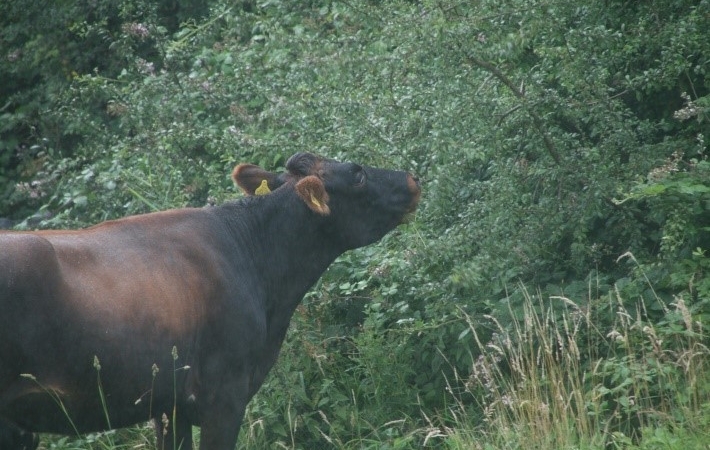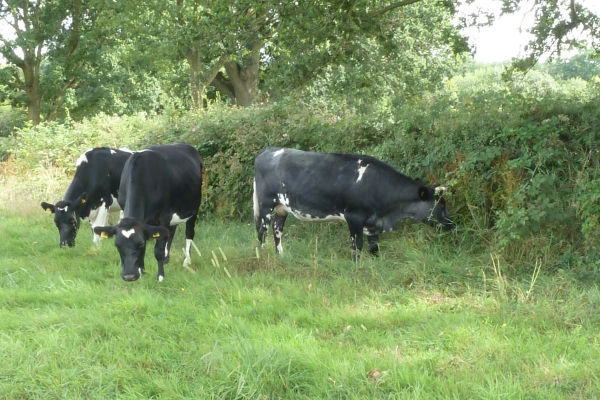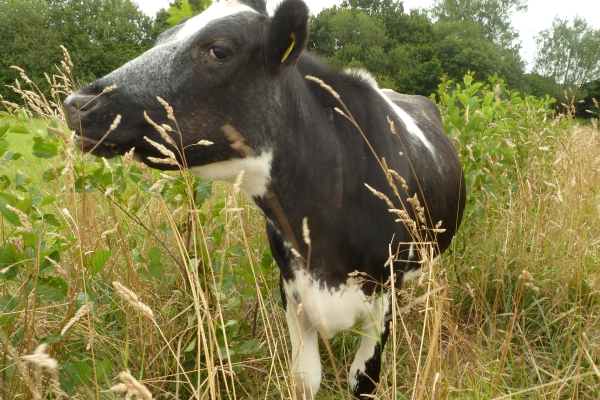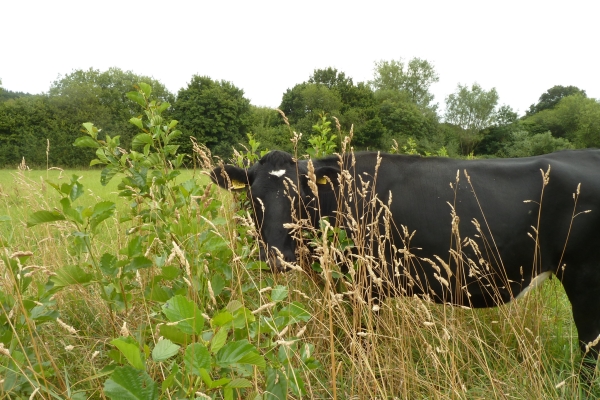Trees provide fodder and boost production
Improving the welfare of dairy herds - Case study
Resource explained
This case study of Shropshire-based organic dairy farmer Tim Downes describes his experience of incorporating trees on to his land and investigations into the potential of trees to provide nutritional and medicinal fodder for the herd. It explains the commercial and health benefits, and how they can be linked with improved milk production.
It describes how Tim planted trees beside watercourses to help with stock control, nutrient run-off, flooding, and the spread of disease. It also describes measures he has taken to provide shelter across his land and the resulting benefits, particularly in helping to provide high quality, nutritious grazing.
The case study includes information on the nutritional and medicinal browsing field trials the farm is taking part in as a result of Tim’s eagerness to understand the potential ways in which his cattle could benefit. This includes background on the tree species selected for the trials and reasons behind their selection.
Findings & recommendations
- Trees can provide commercial and stock health benefits on your farm.
- They can provide cost effective shade and shelter – helping boost grass growth and livestock performance.
- They can enhance field drainage by improving the rate of water infiltration; reducing poaching damage and waterlogged pasture.
- Acting as buffers, trees can help trap pollutants before they enter watercourses and prevent livestock from drinking water that could harbor disease.
- Trees and hedgerows can contribute to financial savings through providing wood fuel on your farm.
- The health and nutritional benefits herds can get from browsing trees is attributed to the protein content of trees, their provision of trace elements, and secondary compounds such as tannins acting as anti-parasitics.
- Tim explains that “We have a lot to learn about managing fodder trees, but we want to work out how much the cows are eating and if there is a preference for certain tree species. The trial will analyse the nutritional content of the tree fodder, record milk volume and quality and overall cow health, but we hope that, ultimately, the animals will have access to more feed value, become less stressed and be productive for longer.”








